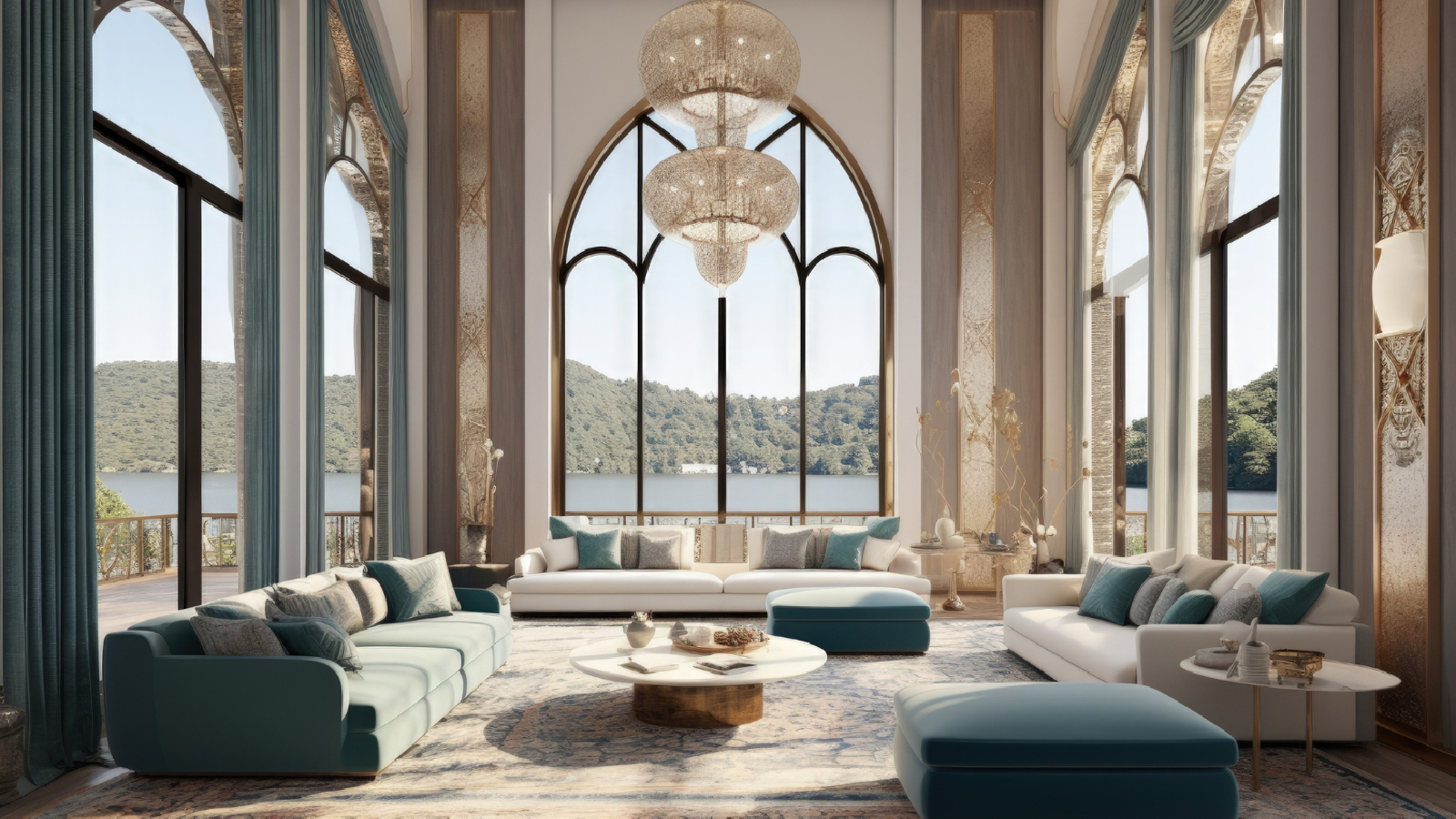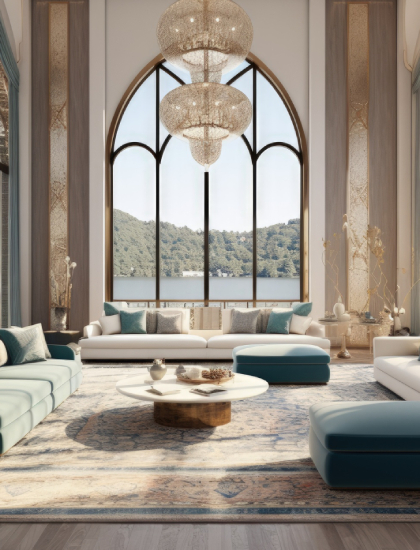
Dubai’s skyline is a testament to design ambition – from gleaming glass towers to ultra-luxurious villas. But behind every stunning space is a detailed, well-orchestrated interior fit-out project. Whether you’re fitting out an office, a retail store, or a luxury apartment, knowing the timeline can help you avoid costly surprises.
Here’s a realistic, week-by-week guide to what you can expect from a turnkey interior fit-out project in Dubai, from concept to completion.
Week 1-2: Consultation & Concept Design
You meet with your interior design and fit-out team to discuss vision, budget, and functional needs. Site visits are conducted to assess dimensions, lighting conditions, and structural constraints. Initial mood boards, sketches, and concept layouts are presented for feedback.
Why It Matters:
This stage sets the tone for the entire project. In Dubai, where fit-out regulations are strict, designers also start considering compliance with building management, Dubai Municipality, and Civil Defence standards early on.
Pro Tip:
Be as specific as possible about your goals and lifestyle. The more your team knows now, the fewer revisions later.
Week 3-4: Design Development & Approvals
Detailed drawings (floor plans, elevations, 3D renders) are developed. Materials, finishes, and furniture selections are proposed for approval. Required permits and NOCs (No Objection Certificates) are submitted to relevant authorities.
Why It Matters:
Dubai has a zero-tolerance policy for non-compliant construction. Securing approvals upfront avoids delays.
Pro Tip:
If you’re working in a commercial tower or gated community, check if the landlord has their own design guidelines. These can affect ceiling heights, HVAC layouts, and even signage.
Week 5-6: Procurement & Scheduling
Orders are placed for all approved materials — flooring, lighting, cabinetry, wall finishes, and furniture. The project manager sets a master schedule, aligning supplier lead times with the construction plan. Any imported custom pieces are prioritized to allow for international shipping timelines.
Why It Matters:
In Dubai’s fast-paced market, popular finishes can go out of stock quickly. Early procurement ensures your design vision isn’t compromised by last-minute substitutions.
Pro Tip:
Always confirm estimated delivery dates – especially for overseas orders – as port clearance can sometimes add extra days.
Week 7-8: Site Preparation & Civil Works
Demolition (if needed) is carried out, and the site is cleared for construction. Structural modifications, partitions, and false ceilings are installed. Electrical and plumbing rough-ins are completed before finishing work begins.
Why It Matters:
This is the foundation stage – any mistakes here will be expensive to correct later. The project manager ensures that electrical points, AC ducts, and plumbing lines match the final design layout.
Pro Tip:
Ask for a mid-stage walkthrough so you can check wall placements, socket locations, and other functional details before they’re closed up.
Week 9-10: Finishes & Fixtures Installation
Flooring, wall cladding, and paintwork are completed. Lighting fixtures, built-in cabinetry, and decorative elements are installed. Bathroom and kitchen fittings are placed.
Why It Matters:
This is where your space starts to take shape visually. High-end materials require careful handling, so skilled craftsmen are crucial.
Pro Tip:
Inspect finishes closely — once furniture is in place, rectifying surface imperfections becomes harder.
Week 11: Furniture & Décor Placement
Loose furniture, rugs, and artwork arrive on site. Soft furnishings like curtains, blinds, and cushions are added for texture and warmth. Smart home systems (if any) are configured.
Why It Matters:
Furniture placement can make or break a design. In Dubai’s luxury sector, many clients opt for custom-made pieces that complement the architectural details.
Pro Tip:
Ask your designer to give you alternative layouts for furniture, so you have flexibility in the future.
Week 12: Final Snagging & Handover
The fit-out team conducts a thorough snag list to identify any defects or incomplete work. Final cleaning and polishing are carried out. The completed project is handed over with all warranties, manuals, and compliance certificates.
Why It Matters:
A professional snagging process ensures that every detail meets quality standards before you move in.
Pro Tip:
Keep all documentation safe — it will be invaluable for future maintenance or renovations.
Why Turnkey is the Smarter Choice in Dubai
Managing design, approvals, procurement, and construction can be overwhelming, especially when juggling multiple suppliers. Turnkey fit-out companies handle everything under one roof – from the first sketch to the final throw pillow – ensuring timelines stay tight and budgets stay transparent.
In Dubai, where projects often run on tight schedules (sometimes tied to commercial launches or seasonal events), a turnkey approach eliminates the risk of delays caused by miscommunication between different vendors.
Key Timeline Takeaways
12 weeks is a realistic timeframe for most medium-scale residential and commercial turnkey projects in Dubai.
Government approvals can take 1–3 weeks, so starting paperwork early is critical.
Procurement overlaps with site work to save time.
Quality checks at each stage prevent expensive rework.
Final Thought:
A well-planned interior fit-out isn’t just about speed – it’s about precision. By following a structured week-by-week timeline, you can transform your Dubai property into a space that’s not only beautiful but also built to last. Whether you’re fitting out a penthouse in Downtown or a retail boutique in Jumeirah, the right process ensures you get there on time, on budget, and without compromise.
